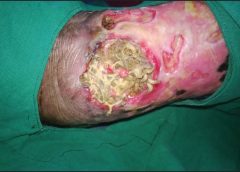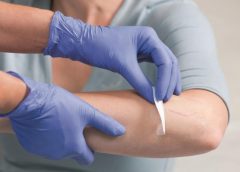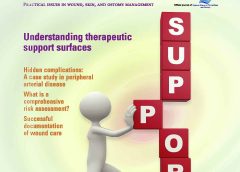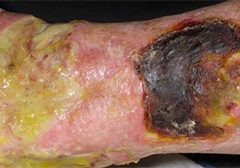By Gail Rogers Hebert, MS, RN, CWCN, WCC, DWC, OMS, LNHA
The World Health Organization defines palliative care as “an approach that improves the quality of life of patients and their families facing the problem associated with life-threatening illness, through the prevention and relief of suffering by means of early identification and impeccable assessment and treatment of pain and other problems, physical, psychosocial and spiritual.” (more…)
Read More



